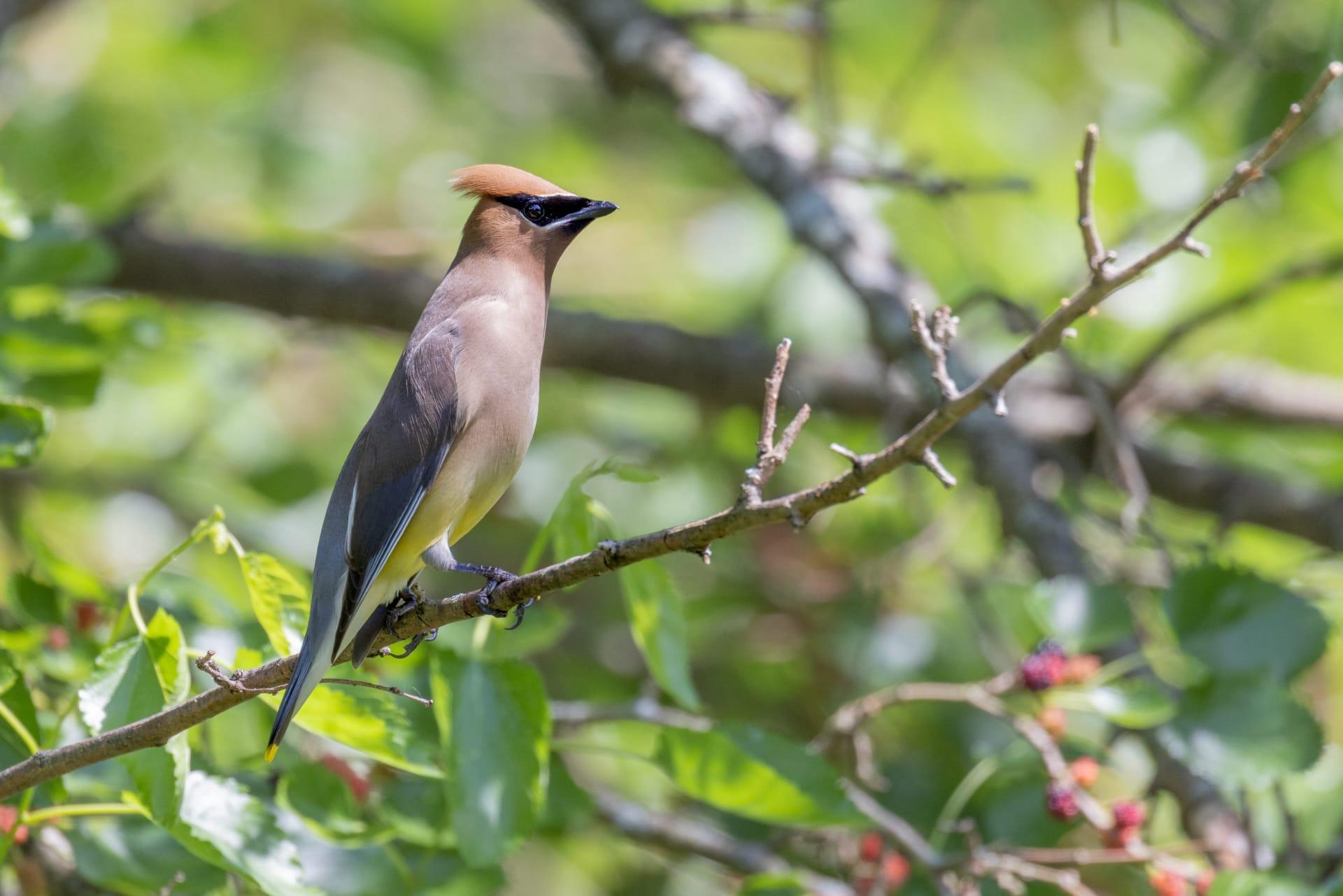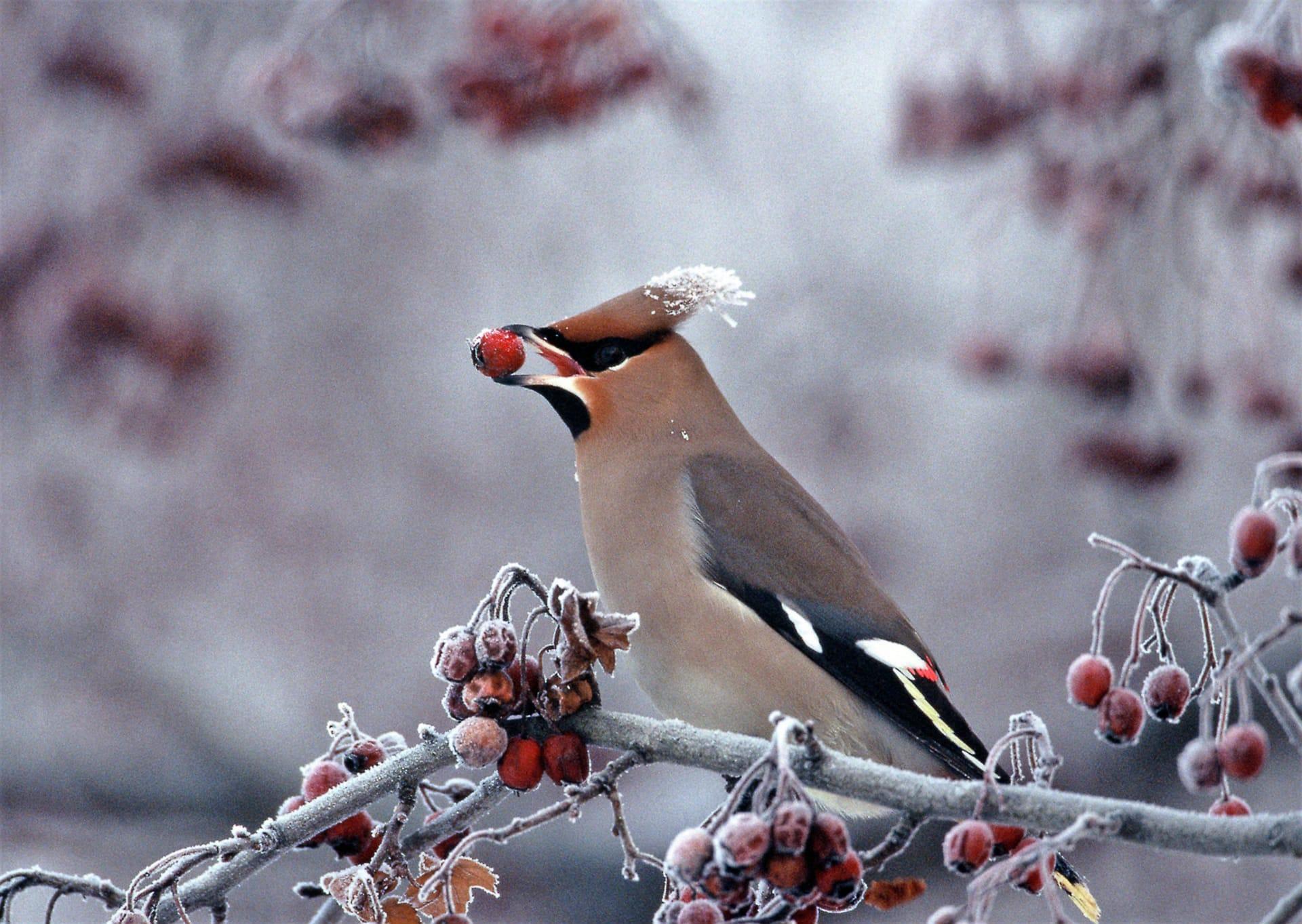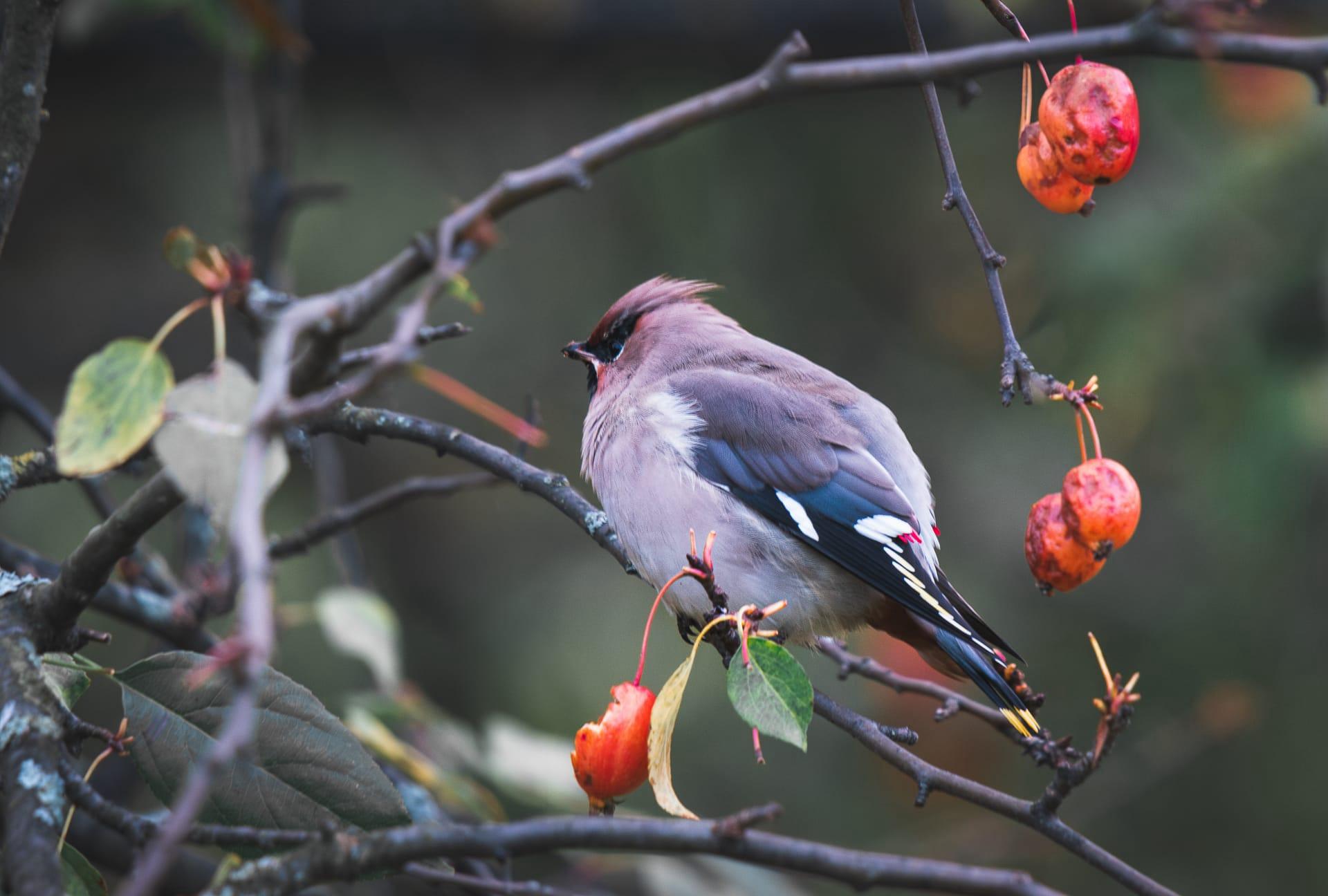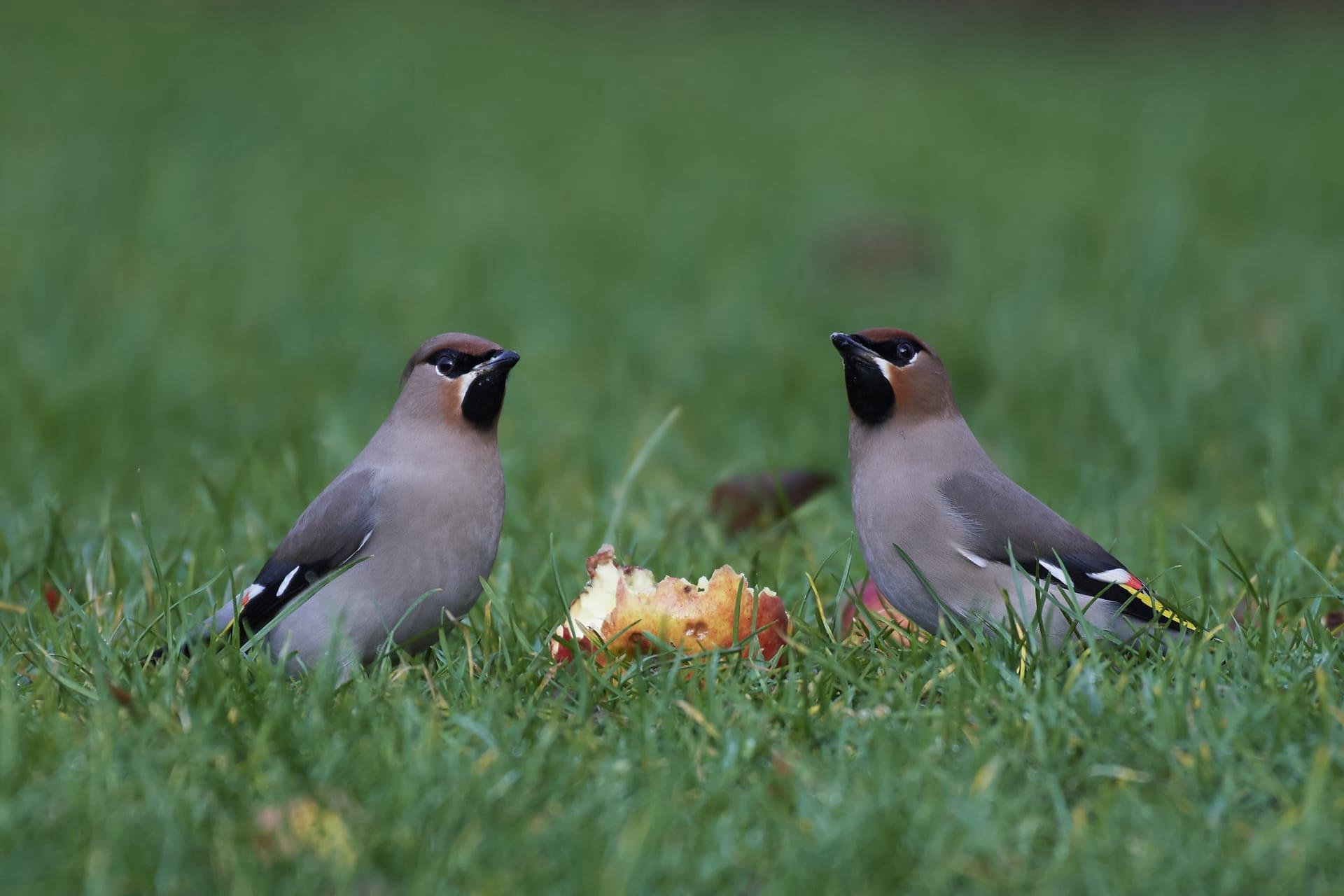Waxwing
- Home /
- Mini Encyclopedia /
- Animal /
- Waxwing
1
Waxwings, belonging to the genus Bombycilla, are a group of passerine birds known for their unique appearance and behaviors. These birds are characterized by their sleek, silky plumage and distinctive crests on their heads. There are three main species within this genus: the Bohemian Waxwing (Bombycilla garrulus), the Cedar Waxwing (Bombycilla cedrorum), and the Japanese Waxwing (Bombycilla japonica). Each species has its own unique features, but they all share a love for berries and a knack for social behavior.
The distribution of waxwings is quite fascinating as it spans across various continents and climates. The Bohemian Waxwing is predominantly found in the boreal forests of Eurasia and North America, often migrating south in large flocks during the winter months. The Cedar Waxwing is native to North and Central America, favoring deciduous and mixed forests as their habitat. In contrast, the Japanese Waxwing is mainly found in East Asia, particularly in Japan, Korea, and parts of China and Russia. They tend to reside in deciduous and mixed forests, often near sources of water.

2
Question: Do waxwings really have wax on their wings?
Answer: This is a common misconception! The name "waxwing" comes from the waxy red secretions found on the tips of the secondary feathers of some species. These red tips look like they're made of sealing wax, hence the name. However, it's not actually wax. Scientists believe these red tips play a role in mate selection, as birds with more prominent red tips are often more attractive to potential mates. This feature is most prominently seen in the Bohemian and Cedar Waxwings.

3
Waxwings have a unique survival strategy that revolves around their diet and social structure. These birds primarily feed on berries and fruit, which they find in abundance in their habitats. This diet is high in sugar, providing them the energy needed for their active lifestyles. During winter, when berries are scarce, waxwings can travel great distances in large flocks to find food, showcasing their adaptability and resourcefulness.
Another key aspect of their survival is their social behavior. Waxwings are highly social birds, often seen in large flocks. This social structure provides safety in numbers, as a flock can better watch for predators and share information about food sources. Their communal roosting during cold nights also helps them conserve heat and survive harsh winter conditions.

4
In the ecosystem, waxwings play a significant role in seed dispersal due to their fruit-based diet. As they consume berries, they carry the seeds of these fruits to new locations, aiding in the spread of various plant species. This is particularly important for maintaining the diversity and health of forests and woodlands.
Additionally, waxwings are an integral part of the avian food web. They serve as prey for larger birds such as hawks and owls. Their presence in an ecosystem indicates a healthy balance, as they help control insect populations during their breeding season when their diet diversifies to include high-protein insects.

5
Film: "The Secret Life of Waxwings" is a documentary produced in the United States in 2018. This film delves into the life cycle of waxwings, showcasing their migration patterns, social behaviors, and unique diet. Stunning cinematography captures the beauty of these birds in their natural habitats, offering insights into their role in different ecosystems.
Book: "Wings of Wax: The Story of the Waxwing" by American author Linda Thompson, published in 2020, is an extensive exploration of the waxwing species. Thompson's book combines scientific research with engaging narrative to provide a comprehensive view of these birds, from their physical characteristics to their migration habits.
Book: "Berry Birds: The World of Waxwings" by Canadian ornithologist Martin Green, released in 2021, focuses on the relationship between waxwings and their primary food source, berries. Green's work includes detailed studies on how waxwings contribute to seed dispersal and the impact of environmental changes on their feeding and breeding behaviors.